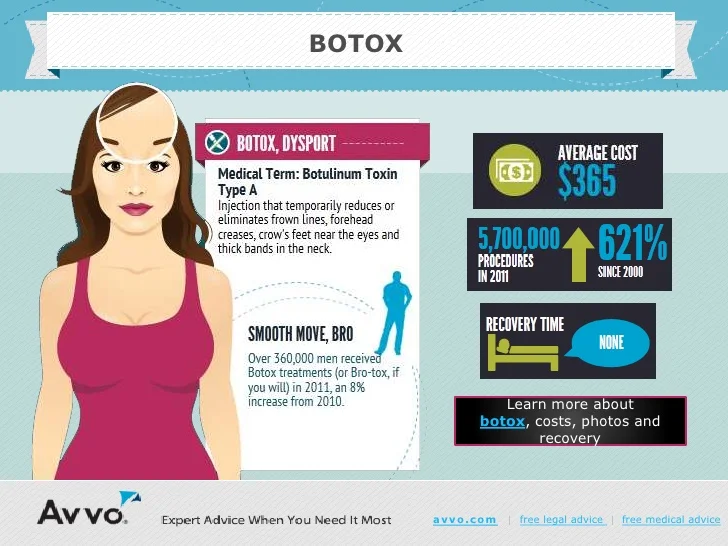Acne marks and marks fade with time, but if you desire them to heal much faster, skin specialists provide a food selection of treatments. These array from over the counter products to in-office treatments such as laser resurfacing, chemical peels and microdermabrasion.
Chang recommends starting with gentle chemical peeling and staying clear of selecting, standing out or pressing acne areas, which can boost inflammation. She likewise suggests wearing sun block on a daily basis.
What is Acne Scarring?
Acne scarring is the outcome of swelling triggered by acnes that get infected. During the battle to remove them, the skin enhances blood flow, carrying "soldier" white blood cells that damage microorganisms and repair service damage. The process can leave dark marks or scars that last months after the imperfection has actually disappeared. The marks are also much more common on darker skin, although they can take place in reasonable skin tones also.
Over-the-counter bleaching lotions might help lighten scarring that is darker than your usual complexion. Vitamin C, an effective antioxidant, can also discolor staining and decrease inflammation. In-office treatments, such as microneedling and chemical peels, can additionally assist.
Types of Acne Scars
Often, when acne gets rid of, the skin makes collagen to load the scar tissue and make it smooth once more. However in some cases the scars leave divots in the skin called clinically depressed or atrophic marks. This is the most common sort of scarring from acne. The scars are further identified into ice pick, rolling and boxcar sorts of marks.
The ice pick marks appear like the holes left behind by a sharply-pointed device in the skin. They're normally shallow yet can be extremely deep. Rolling marks have uncertain edges and offer the skin a rolling or undulating look. Boxcar scars are rounded or oblong depressions with reputable upright edges and can be a little much deeper than ice pick scars.
The swelling from an acne also triggers the skin to enhance blood circulation, generating "soldier" white cells that deal with insects and repair damages. This can trigger the skin to hyperpigment, leaving a dark mark that lasts months after the blemish vanishes, especially on darker skins. This is called post-inflammatory hyperpigmentation (PIH).
Therapies for Acne Scars
Frequently, acne scarring can be lowered with therapy at home and with clinical treatments at your skin doctor's office. Along with following your physician's instructions, a durable skincare regimen with retinol and sunscreen can aid preserve clear skin after your acne is cleared up.
Preventing anything that can increase swelling is the best means to prevent brand-new breakouts and lower existing scars. That consists of preventing picking at or standing out pimples, which can create much more damages and enhance your threat of scarring.
The different sorts of acne scars look various: ice pick marks have narrow indents that look like the tip of an ice choice, boxcar scars are botox and fillers near me broader but have uncertain sides, rolling scars have a curly appearance, and hyperpigmentation and post-inflammatory erythema resemble flat red marks. Speak to your GP to read more about cosmetic therapies that can improve the appearance of these marks, which tend to be most visible on darker skin tones.
Exactly How to avoid Acne Marks
While it prevails to wish to pick at or capture imperfections, this can in fact make them even worse by boosting inflammation and harmful skin cells. It can also boost your chances of establishing marks.
Instead, see a skin doctor as soon as possible to treat your acne and stop future damages. They can recommend therapies that help to fade and get rid of existing scars and assist you protect against future marks.
You can also prevent scarring by staying clear of activities that can trigger acne marks to dim. This includes sunlight direct exposure (which can make red marks much more obvious) and smoking.
Finally, it is necessary to choose skincare items that won't irritate your skin or trigger outbreaks. Look for cleansers that are gentle and matched to your skin type, and moisturizers that are light-weight and non-comedogenic. Our DermoPurifyer Oil Control Cleansing Gel gets rid of excess sebum, reduces acnes and beam, and protects against sunlight damages with 6% Ampho-Tensides. You can then follow with our DermoPurifyer Three-way Result Product that uses trademarked Thiamidol to minimize post-acne marks, along with protect against sunlight damages with SPF 30.
